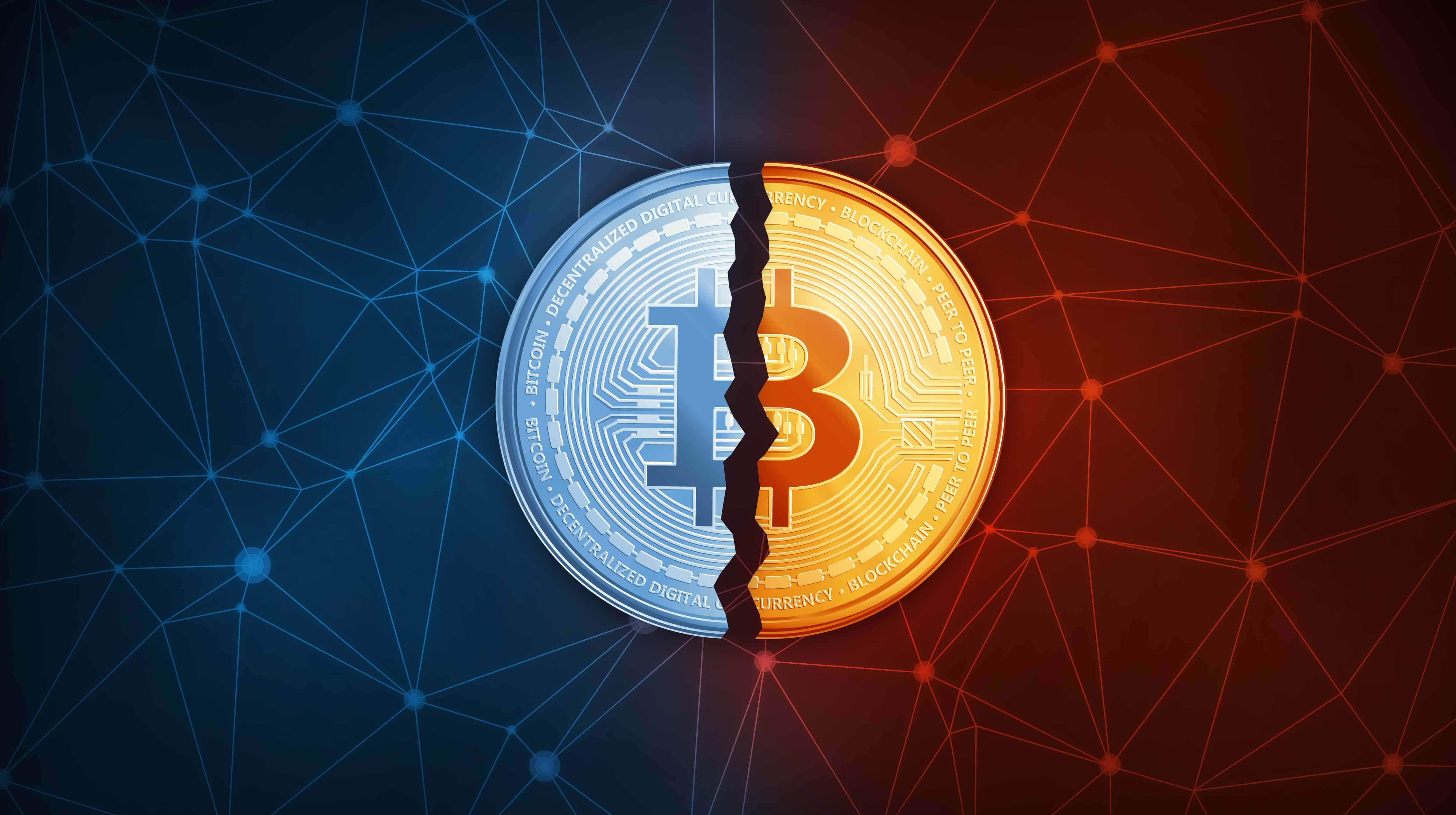Every Bitcoin user and miner is well-aware of the term Bitcoin halving and what it means to Bitcoin. The halving is the name for one of the most highly anticipated events in Bitcoin’s history.
This event affects just how much Bitcoin is in circulation so it doesn’t increase exponentially. Let’s find out why there’s so much fuss about the Bitcoin halving, how it works and what will happen during the next halving sometime in the not so distant 2024.
What is ‘the halving’?
Simply put, a Bitcoin halving is the process of halving the rewards of mining Bitcoin after each set of 210,000 blocks is mined. By reducing the rewards of mining Bitcoin as more blocks are mined, a Bitcoin halving limits the supply of new coins, so prices could rise if demand remains strong.
In other words, this is Bitcoin’s way of using a synthetic form of inflation that halves every four years until all Bitcoin is released and is in circulation.
How does a Bitcoin halving work?
To help you understand halving, let’s explain how the coin is acquired. Bitcoin mining is the process where miners unearth BTC through digging into Bitcoin’s digital cave with specialized mining equipment as their virtual pickaxe.
Bitcoin miners have to solve the network’s highly complex mathematical equations to complete the blocks that are added to Bitcoin’s blockchain. A block refers to a file that stores or keeps one megabyte worth of Bitcoin transactions. As more and more transactions are verified, Bitcoin’s network also increases in size.
After successfully verifying transactions, which usually takes 10 minutes, miners will receive Bitcoin as their reward. Now, in the process called Bitcoin halving, the rewards earned by miners fall by half after a set of 210,000 blocks is mined or roughly every four years.
The creator of Bitcoin, Satoshi Nakamoto (pseudo name), set an artificial limit on the number of Bitcoin that could ever be produced. That limit is 21 million Bitcoin and will be hit around the year 2040. At that point, miners will no longer be rewarded in Bitcoin for their efforts.
Instead, rewards will likely take the form of transaction fees in much the same way credit card companies currently charge for transactions.
What do I need to know about a Bitcoin halving?
There are some things surrounding a Bitcoin halving, and two of the most important are exactly why a Bitcoin halving occurs and the impact it will have on the value of BTC.
To answer the first, Bitcoin must halve in order to reduce the number of new Bitcoins being produced by the network. It cuts the supply in order to ensure the scarcity of Bitcoin while preventing extreme price inflation simultaneously.
The halving’s impact on block reward, on the other hand, tends to have long-term positive effects on the price of Bitcoin. There are a lot of theories as to why, but one common theory is simple supply and demand: If fewer Bitcoins are being produced, the newly increased scarcity automatically makes them more valuable. But this takes a bit of time to begin materializing.
What will happen during the next halving?
Most investors believe the value of Bitcoin will increase and it may achieve better growth between now and its fourth halving in 2024. This is based on its track record over the years and with the results from the first and second halving events. At both times before now, there were massive surges in the price of Bitcoin.
The first halving in 2012 saw an increase in the price of Bitcoin from $12 to about $1,150 within a year. The second halving in 2016 saw a Bitcoin price to almost about $20,000, which eventually dropped to $3,200. Furthermore, there is no precise date for when the reward for mining a block will be cut in half. It depends on when the 210,000th block since the last event is mined.
Considering that new Bitcoins are mined roughly every 10 minutes, the next halving is expected to happen sometime in early 2024, and a miner’s reward will drop to 3.125 BTC. Bitcoin investors or traders should keep in mind that a halving often comes with a sizable amount of instability and turmoil for cryptocurrency.
A Bitcoin halving is a much-anticipated event that has been happening every four years, with the first one occurring in 2012. It’s part of the programming underlying the virtual currency to keep its total supply fixed.
The truth, however, is that no one can say that this is exactly what is going to happen after the halving and the weeks and months that follow, even though halving events have, historically, caused significant fluctuations in the price.
Read full story on Coin Rivet.


